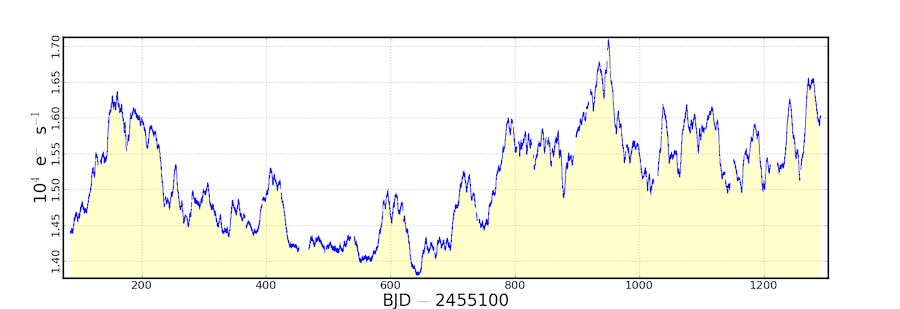Kepler and K2 Timing of Active Galaxies

Although accretion onto black holes is a ubiquitous process in the universe, the mechanism of accretion itself has remained elusive: unfortunately, the accretion disk of supermassive black hole is too small to be imaged directly; simple physical arguments place an upper limit on the size of the disk at approximately 0.01 parsecs for parameters typical of AGN. Fortunately, all is not lost! An active galaxy's optical continuum light is primarily supplied by the accretion disk, and its unique temporal behavior provides the only direct probe of the physical conditions within the accretion disk and the physics driving the accretion itself. We have monitored the AGN we discovered in our Swift survey with Kepler and K2, providing the most densely sampled and highest quality light curves ever obtained. The Kepler light curves enable us ot use powerful mathematical methods that were impossible with patchy and unevenly sampled ground-based light curves. The Kepler pipeline was originally designed to locate transiting exoplanets around stars, so naturally, it is designed to amplify periodic signals from point sources. The optical variability of AGN is stochastic and aperiodic, and often embedded in a large extended galaxy. Both of these require the development of a new AGN light curve pipeline for Kepler data, which I have written with the unique requirements of these objects in mind.

Equipped with the proper pipeline, we can begin to examine the AGN light curves for signatures associated with various theoretical descriptions of accretion, such as a log-normal flux distribution and the RMS-flux relation. Additionally, power spectrum analysis may reveal characteristic timescales in the accretion process, which are expected to correlate with physical parameters such as black hole mass and accretion rate.